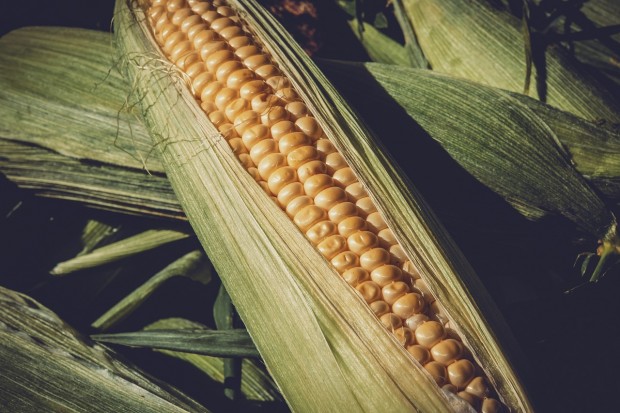Experts are looking for alternate methods to produce sustainable building materials and processes to make the construction sector more environmentally friendly in the future. The most recent innovation is the transformation of waste corn cobs into a cutting-edge, environmentally friendly building material

(Photo : Pixabay/Ilo )
Transforming Corn Cobs Waste into a CornWall
In most cases, corn cobs are either allowed to decompose in fields, utilized as a source of biomass, or even burned. Despite this, StoneCycling and Studio Nina van Bart have successfully capitalized on the potential of these resources that have been otherwise disregarded. Through the process of converting corn cobs into wall cladding, they contribute not just to the decrease of trash but also to the reduction of carbon dioxide.
The CornWall material replaces the conventional materials used for covering interior walls. One thing that differentiates it from other products is that it uses organic corn cobs. Accordingly, the innovative technique that transforms these seemingly ordinary agricultural leftovers into excellent building materials transforms them into extraordinary materials.
Corn cobs are exposed to temperatures as high as 150 degrees Celsius through a heating procedure. Because of the remarkable strength of the bonds formed within the material due to this heat activation, it is a potential alternative for use as cladding for interior walls. However, what truly sets CornWall apart from its competitors is its dedication to preserving the environment throughout the manufacturing process.
As mentioned, this construction material is a product that exemplifies the importance of environmentally responsible activities. Solar panels mounted on the factory roof generate electric energy, which is then used to power the heating process, an essential component of the building's structural integrity. CornWall is an environmentally beneficial option for homeowners and builders concerned about the environment because it only leaves a small to nonexistent carbon footprint throughout the production process, from the raw material to the finished product.
Also Read: Luxembourg Govt Offers Unemployment Benefits to Construction Sector Amidst Downturn
Sustainability of CornWall in the Construction Industry
CornWall holds up an indication of hope in an industry struggling with the generation of trash and its environmental impact. According to Ward Massa, one of the most significant aspects of circular architecture is disassembly, which ensures that everything can be removed and repurposed after it has reached the end of its intended use.
StoneCycling's complex procedure for utilizing extensive resources, integrating renewable energy, and developing a versatile, environmentally friendly material exemplifies the pivotal role that CornWall plays in revolutionizing sustainable building practices.
Climate positivity denotes a product's capacity to sequester carbon dioxide during its development or manufacturing stage over what it emits during operation, which leads to a net decrease in atmospheric carbon levels. Moreover, the commitment to achieving zero waste and complete recyclability or biodegradability guarantees a sustainable life cycle. It stands in contrast to traditional materials like ceramic tiles or HPL, which necessitate substantial energy and raw material consumption throughout the manufacturing process, resulting in significant waste accumulation during disposal.
Thus, it possesses enormous potential for future applications beyond its current uses as a cladding material for furnishings and interior walls. To preserve the biodegradable characteristics of CornWall, Ward clarifies that the product's future development will be confined to interior use only. Additionally, larger panels and flooring materials will reportedly be manufactured.
Related Article: Key Factors to Consider When Building Eco-Friendly Houses







